
50% Off Our Old Packaging – Same Fresh Hay, Just a New Look Coming Soon!
For a limited time, all hay products are 50% off. Fresh, nutritious, and perfect for rabbits, guinea pigs, and more!

For a limited time, all hay products are 50% off. Fresh, nutritious, and perfect for rabbits, guinea pigs, and more!
Stay in the loop on NEW products and deals!
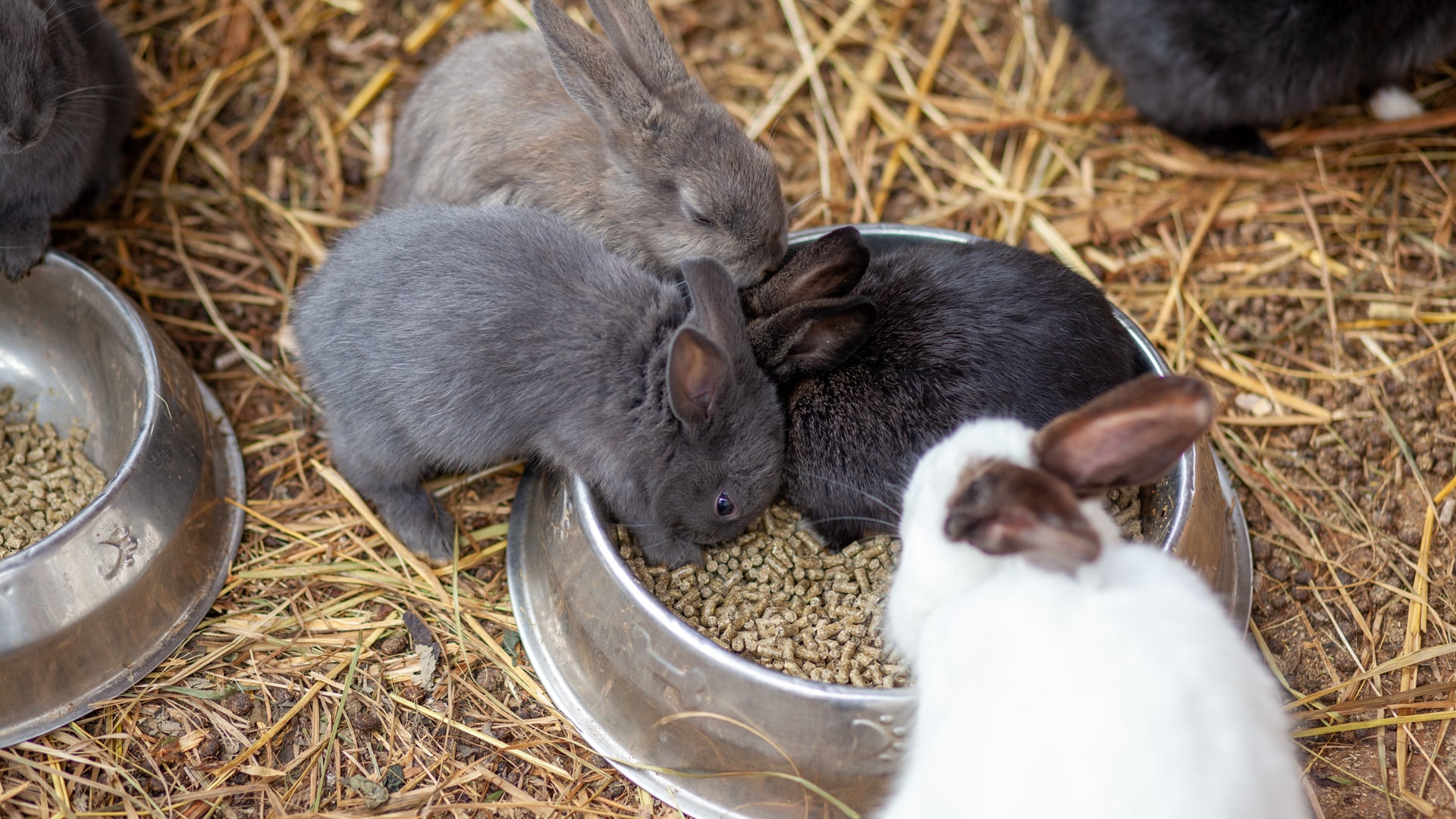
At Blue Mountain Hay, we are unwavering in our commitment to the well-being and health of the animals we serve. We understand the crucial role that high-quality hay plays in the nutrition and overall health of animals. That’s why we take pride in providing premium hay products that are carefully selected and harvested to meet the specific dietary needs of each animal.

Beyond offering quality hay to your animals, we partner with a seasoned veterinarian in order to extend authoritative, excellent educational resources on animal care. We truly hope that you do not find your cherished pet suffering from any disease, especially RHDV2 in rabbits. Nonetheless, it’s important to educate yourself in order to feel confident in providing quality care to your rabbit.
Yes, RHDV1 does exist! First identified in 1984, Rabbit Hemorrhagic Virus, now commonly known as RHD, RHDVa, or RHDV1, affected only European rabbits. A particularly deadly virus, with a mortality of up to 90%, this calicivirus affected primarily adult rabbits and was contracted primarily via the oral route.
Transmission occurred through infected rabbits, contaminated items, and people and other animals which had been in contact with a deceased rabbit. Very young rabbits were largely protected by maternal antibodies, while adult rabbits were the primary victims. There were substantial negative economic and environmental effects as this virus spread across Europe in the mid to late 1990’s.

In 2010, RHDV2 was discovered in France and remains distinct from RHDV1. Rabbits and hares other than European rabbits were found to be susceptible. While mortality ranges from 50 – 80%, this calicivirus causes disease and death of young rabbits and hares, which greatly aids its spread.
Since 2010, RHVD2 has spread across Europe, and has been found in North Africa, West Africa, North America, Central America, and has replaced RHDV1 in Australia. Unfortunately, there are dramatic effects of this new variation on domestic rabbits, wild rabbits, hares, and wildlife. For example, it is estimated that there has been a reduction of 60 -70% in the population of wild European rabbits. With this decline, animals which depend upon the European rabbit for survival have also experienced reduced survival, among them endangered species.
In 2018, RHDV2 was discovered in Ohio, United States. In 2020, a distinct RHDV2 was found in domestic and wild rabbits in New Mexico; the Southwest United States continues to maintain a distinct strain of this virus. A distinct strain has also been found in northern Washington State, on Whidbey Island. As per the Washington State Veterinarian, whole genome sequencing indicates that the Whidbey Island strain is different from the Vancouver strain of 2019.

Rabbit mortality is generally reported as 50-80%. To further clarify, a 2022 outbreak in California was reported to have a 60% mortality, with a range of 20-100%.
Due to the ease of transmission and environmental persistence, RHDV2 is easily ingested or inhaled by rabbits and hares. Consider these facts:
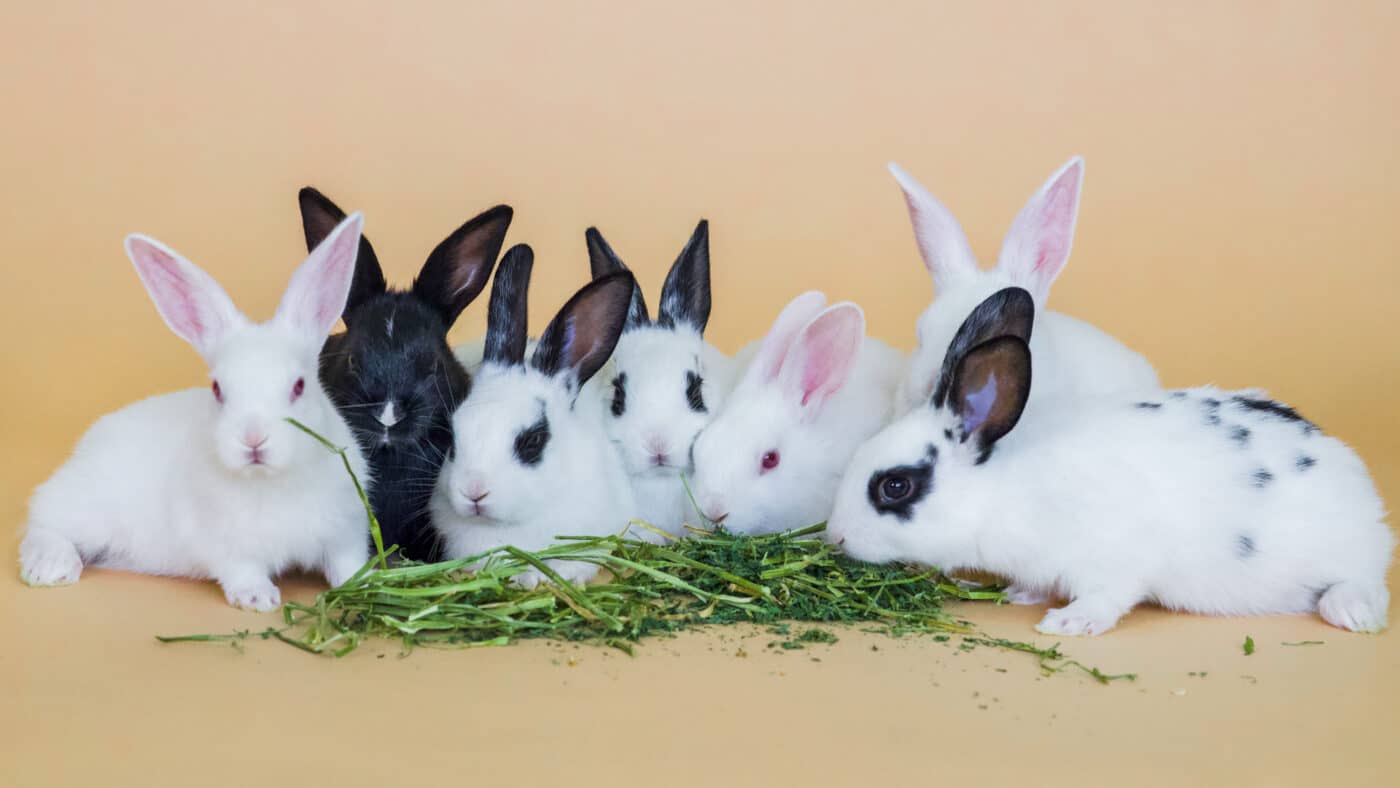
There are several ways that RHDV2 can be passed on to other animals:

This virus targets the rabbit’s liver. As a result, the affected rabbit can no longer produce adequate clotting factors, and so hemorrhage ensues. While the classic picture is of a rabbit who has clear signs of hemorrhage (bleeding from the nose, mouth, or other orifices), others may present first with some inappetence, lethargy, signs of GI stasis, jaundice, difficulty breathing, and/or convulsions.
If you find a deceased rabbit or hare which you suspect has RHDV2, do not move the rabbit from the site. Notify your State Veterinarian (State Department of Agriculture).

We know you want to help your rabbits and those around your area to be safe and unharmed by RHDV2. As a result, we have provided you with links to resources that will provide additional, valuable information.

As a community member you can do your part by incorporating these points into your daily life:

Your rabbit will initially receive two portions of the RHDV2 vaccine three weeks (21 days) apart from each other. But after those doses, a yearly vaccine booster is required in order to ensure that your rabbit maintains immunity.
Indoor rabbits may develop RHDV2 in the following ways:
In some outbreaks, the mode of transmission was not identified.
According to Medgene Labs, Rabbits may develop a “small swelling at the site of the injection, develop a slight temporary fever, or be lethargic for a day or two” after receiving the RHDV2 vaccine. For more up-to-date information, check out their website.
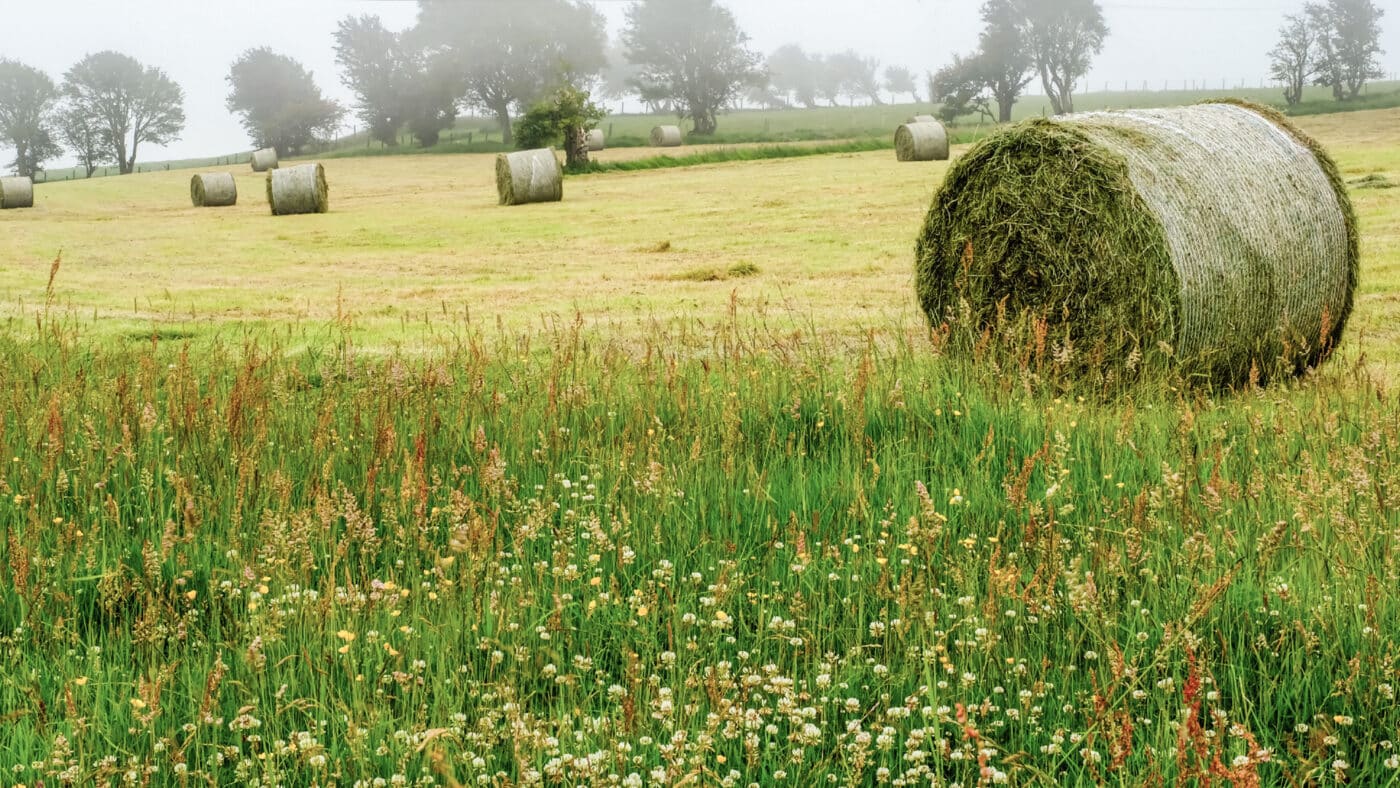
Blue Mountain Hay is located in the state of Oregon. With our veterinarian, we follow our states’ reporting agencies closely, including the Facebook group Rabbit Hemorrhagic Disease Network and the interactive maps depicting reported cases of RHDV2.
We follow best practices for hay production and storage. Our hay is stored for 4 months prior to shipment in order to avoiding transmitting RHDV2 to your beloved rabbits. If you would like more information on our hay products for rabbits, explore our hay school’s information on oat hay, alfalfa hay, and timothy hay for rabbits. Check out our website for some of our other products, like our organic garden straw mulch, or organic litter pellets.
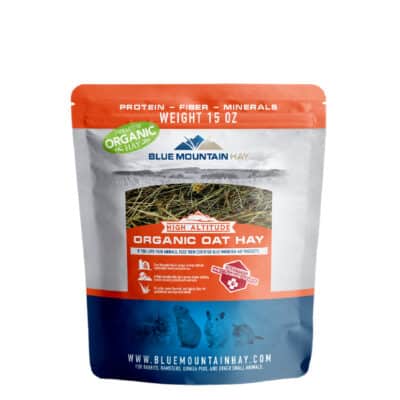


Additional resources:
Field evidence for transmission by flies:
Click here for an interactive map of the United States: https://www.aphis.usda.gov/aphis/maps/animal-health/rhd
Another map is available here:
This Facebook page is an excellent resource for monitoring outbreaks and keeping up-to-date:

Got questions about which hay options are best for your pet rabbit? You’ve come to the right spot!
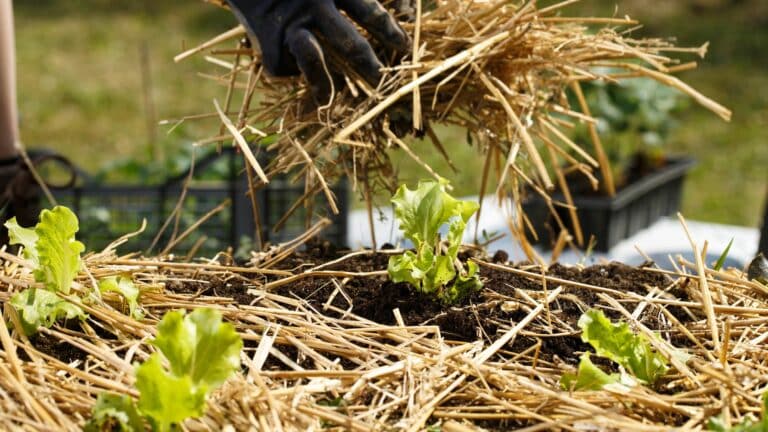
Keep your plants cozy and safe this winter! Read our article on the many advantages of straw mulch during the winter months and how you can effectively use straw.

Do you ever wonder how timothy hay could benefit your guinea pig? You’re at the right place. This article goes into great depth, providing detailed explanations into how timothy hay will enhance your guinea pig’s health.